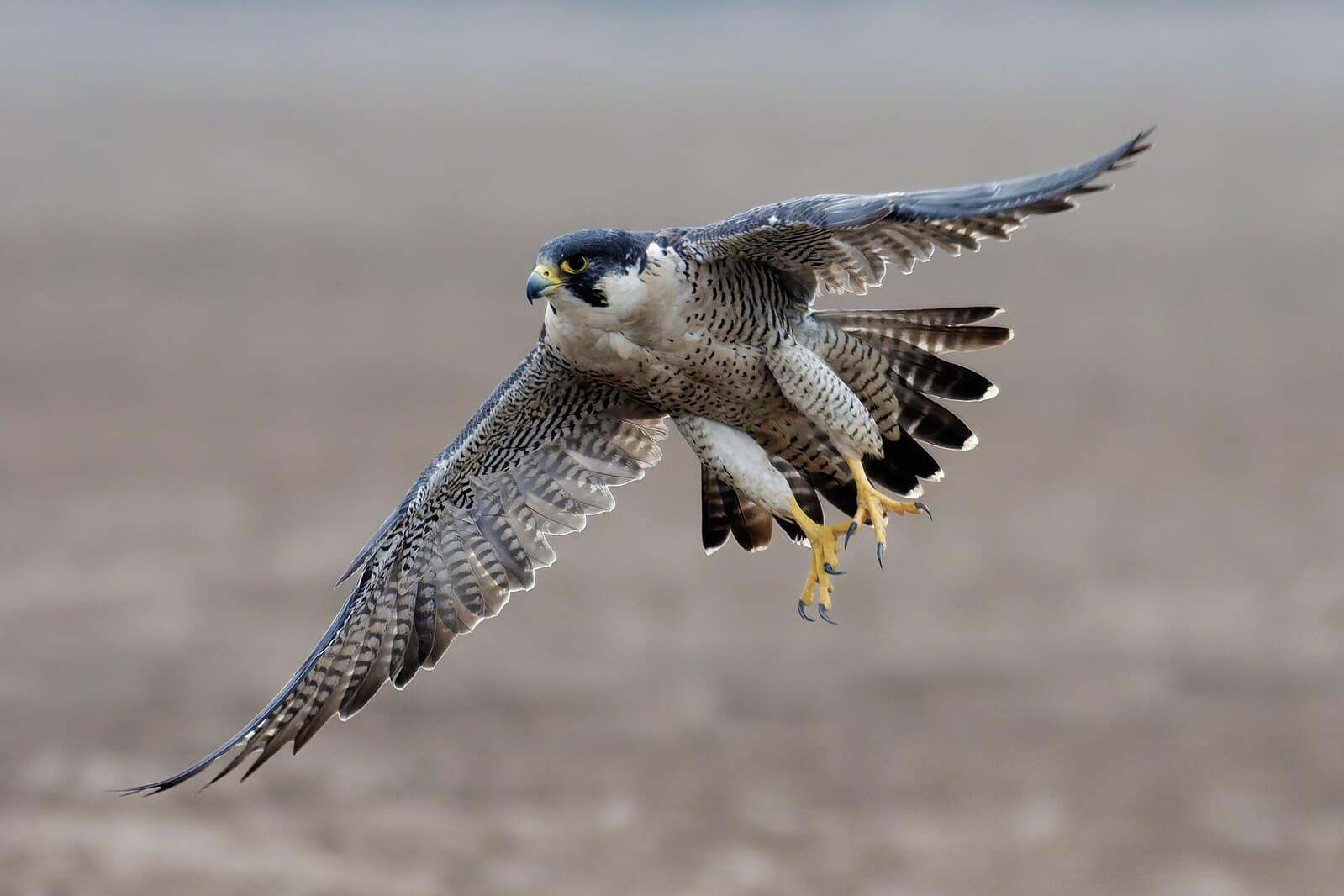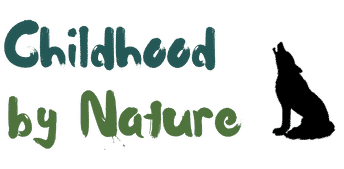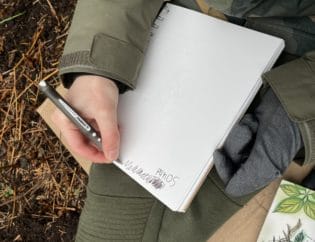
One afternoon, I was walking past the Boston Public Library, a busy crossroads of city life. There were street vendors calling out to customers, skateboarders practicing tricks on the steps, tourists searching for the entrance, and commuters weaving through the crowd. In the middle of all that motion, I noticed something small but curious: fluffy pigeon feathers scattered across the ground.
My urban-naturalist brain immediately said, look up!
Sure enough, there it was. A Peregrine Falcon, perched high on the library roof. Nobody else seemed to notice. Everyone hurried along, eyes on phones or lunch breaks, completely unaware that one of the world’s most remarkable hunters—the fastest member of the animal kingdom, capable of diving at 240 miles per hour—was quietly watching over us.
It felt wonderful to spot it. There’s a certain joy in realizing that wild creatures like this still live among us, even in the heart of the city. But there was also something sad about the moment. All those feathers on the ground were clear clues, and yet nobody else saw them for what they were.
You might be thinking, “Clues? Isn’t that detective work?” Exactly. Nature is full of clues—bits of evidence left behind by the wild neighbors who share our world. Naturalists, ecologists, ornithologists, and zoologists all rely on clues to understand who’s around, what they’re doing, and how healthy their environment is.
Nature’s Messages
Clues are nature’s way of leaving messages for anyone willing to read them. Some tell us who is nearby; others reveal how an animal lives or how an ecosystem is doing. The feather trail that led me to that falcon told a clear story: a meal had happened there, a predator was hunting successfully, and life in the city was continuing just as it does anywhere else in nature.
You don’t have to be an expert to start noticing these signs. You just have to slow down and pay attention.
Where Are All the Critters?
Cities are full of wild critters—foxes, owls, raccoons, rabbits, hawks, squirrels, chipmunks, insects, and more. Yet many people say, “I hardly ever see animals in the city.” That’s not unusual. Most animals are experts at staying hidden.
Their daily work is to map their territory, find food and water, locate safe nesting spots, and avoid threats. And let’s be honest—we humans are one of those threats. When we show up in an environment, most animals keep their distance until we move along.
Of course, some city creatures, like pigeons and squirrels, have become so used to us that they approach boldly, hoping for a handout. But others, like chipmunks, raccoons, and owls, prefer to stay unseen. Even when we don’t spot them directly, they leave behind a record of their presence. That’s where “critter clues” come in.
The Art of Spotting Critter Clues
Think about what you might have walked past recently:
-
Holes in the ground or in tree trunks
-
Tracks in the mud
-
Nibbled leaves or twigs
-
Feathers
-
Spider webs
-
Birdsong or nighttime hoots
-
Scattered acorn shells
-
Tiny paths through grass
-
Droppings or “scat”
-
Empty eggshells or nests
Each of these is a clue. A feather can tell you which bird was there and maybe even what happened to it. A chewed acorn or nut shell tells you that a squirrel or chipmunk was feeding nearby. A trail of tiny holes in a leaf might reveal a caterpillar’s lunch spot. A muddy footprint can tell you who passed through and when.
Once you begin to recognize these signs, you’ll notice more and more. It’s like learning a new language—the language of the living world around you.
A Small Experiment
Here’s something you can try the next time you’re in a park or green space and think, “There aren’t any animals here.”
Leave a small piece of bread somewhere safe and quiet, then sit nearby and watch. At first, nothing may happen. But wait.
A sparrow might appear and take a cautious peck. A squirrel could dart out from the bushes and snatch a piece. Maybe a chipmunk will pop up next, curious about the commotion. The longer you sit quietly, the more creatures you’ll see. It’s a simple reminder that even in the busiest cities, we share space with an astonishing variety of wildlife.
Thinking Like a Nature Detective
Urban nature watching is about curiosity. It’s about asking questions: What left this mark? Who made that sound? Why are those feathers here? Each clue invites a bit of detective work. Over time, you’ll begin to piece together patterns—who lives where, what they eat, how they move through the city, and even how they respond to our presence.
The best part is that these discoveries often happen in the most ordinary places: on a sidewalk, in a planter box, beside a storm drain, or under a park bench. The more you look, the more you’ll realize that wildlife isn’t rare—it’s simply quiet, subtle, and patient.
The City Safari
Once you start tuning in, your city begins to transform. A lamppost becomes a raptor perch. A cluster of leaves becomes a hiding place for insects. A patch of dirt holds stories of the rodents scurrying through through the tracks it captures.
The next time you’re walking through your neighborhood, try to notice the small signs you usually overlook. Look down for feathers. Listen for rustles or calls. Watch for movement in the corners of your vision. The clues are there. You just have to train yourself to see them.
That’s the joy of becoming an urban naturalist. You start to realize that the city isn’t separate from nature. It is nature—one big, complex ecosystem full of hidden lives unfolding right alongside ours.
So take a walk. Be curious. Follow the clues. You never know what you might discover.
This piece is adapted from my new book, City Safari. In the book, you’ll learn more about how to read the signs of urban wildlife and uncover the fascinating natural world that thrives right outside your door.











